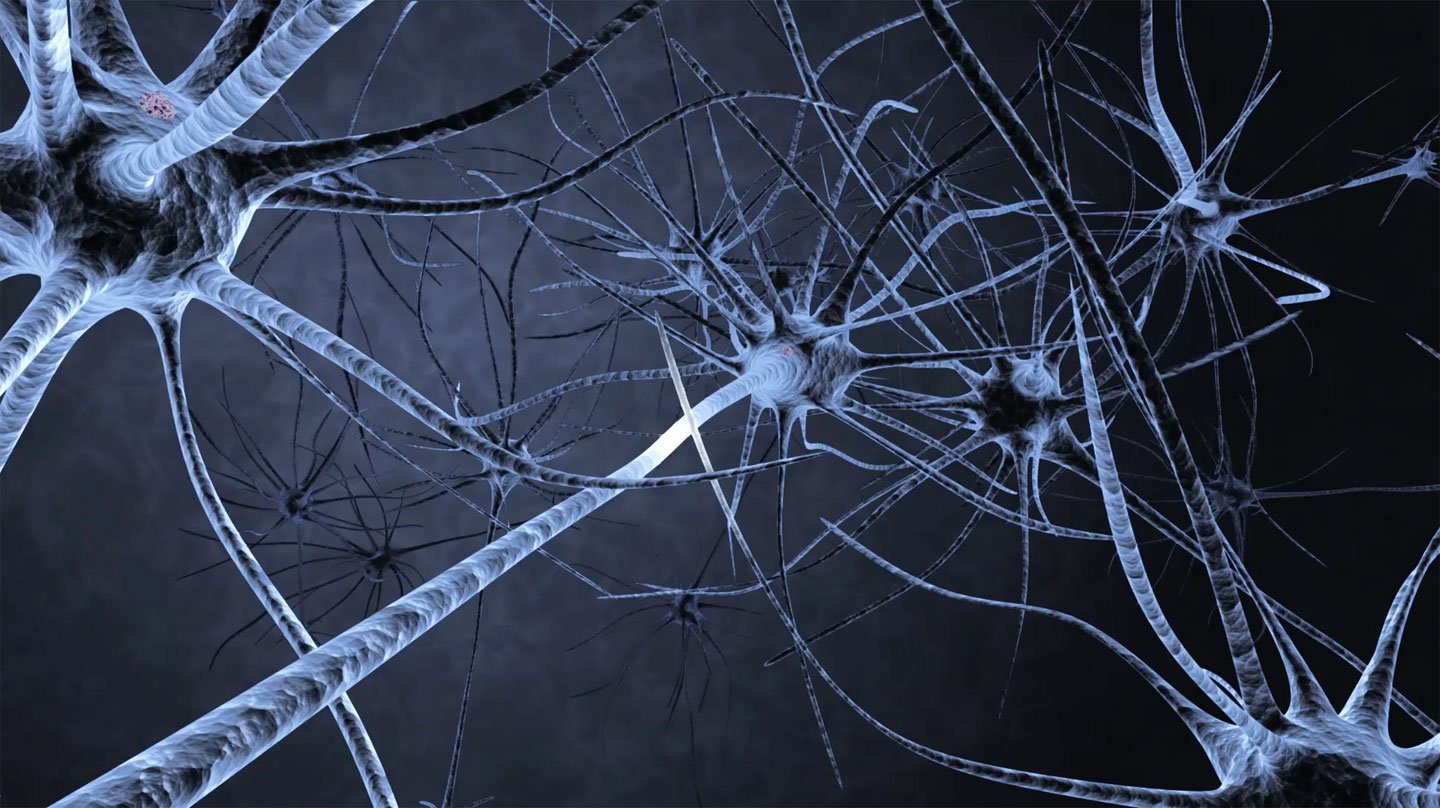Mental health issues have become increasingly common in today’s stressful world. With rising rates of anxiety, depression and other conditions, alternative therapies that provide relief from symptoms are more important than ever. One creative approach gaining recognition is visual arts therapy, which uses art-making as a therapeutic tool. Let’s explore how this approach works and the benefits it can offer.
What is Visual Arts Therapy?
Visual arts therapy, also known as art therapy, is a mental health profession that uses art media such as drawing, painting, sculpture and other art forms as part of the treatment process. Qualified art therapists use directed art activities and the creative process involved to improve a person’s physical, mental and emotional well-being. Unlike traditional talk therapies, it does not require verbalizing thoughts and feelings. The creative process provides an outlet for self-expression that can help clients work through trauma, process emotions, develop coping skills and increase self-awareness.
How Does it Work?
A typical Visual Arts Therapy session involves the client engaging in art-making with guidance from the therapist. The therapist may provide specific prompts or let the client freely explore different materials. During and after the creative process, the therapist and client will discuss what was created, using visual clues to better understand the client’s thoughts, feelings and experiences on a non-verbal level. The artwork itself acts as a projective tool for the client to express what they may not be able to easily put into words. Over multiple sessions, the art can reveal themes, changes in perspectives and progress through challenges that traditional therapies alone may miss.
Benefits of Visual Arts Therapy
Research has found visual arts therapy to be effective in treating a wide range of mental health issues like:
– Stress & Anxiety: The creative process can soothe the nervous system and provide an emotional outlet to release stress and anxiety.
– Depression: Art-making boosts serotonin and dopamine levels in the brain, counteracting depressive symptoms. It also builds self-esteem through mastery of tasks.
– Trauma: Non-verbal expression through art bypasses traumatic memories’ verbal defenses, helping integrate the experience. Clients feel in control through creative control.
– Self-awareness: Analyzing artwork over time allows deeper understanding of oneself, thought patterns, needs and areas for growth.
– Coping Skills: The therapeutic relationship and creative achievements teach new coping mechanisms to apply beyond sessions.
– Community: Group art therapy fosters socialization, trust-building and feeling less alone with shared experiences.
Applications of Visual Arts Therapy
This flexible, multisensory therapy approach has wide-ranging applications:
– Hospitals & Rehabilitation: Helps patients manage pain/discomfort, process medical trauma and regain control during recovery.
– Schools: Benefits children’s social-emotional learning, expressions of feelings and behavioral issues at home/school.
– Elder Care: Stimulates cognition, boosts moods, provides purpose and joy for seniors with dementia or other age-related challenges.
– Community Mental Health: Provides low-cost, accessible options for anxiety, trauma, grief and life adjustments in clinics or remote counseling.
– Corporations: Reduces employee stress, burnout, compassion fatigue and improves team cohesion/productivity through workshops.
– Criminal Justice System: Helps inmates and at-risk youth through emotional regulation, responsibility-taking and non-violent conflict resolution skills.
– Private Practice: Licensed art therapists support individuals, couples and families struggling with diagnoses like PTSD, addiction and life transitions.
The Future of Visual Arts Therapy
As understanding of its benefits grows, applications of visual arts therapy continue expanding. Advancements integrate it with other modalities like mindfulness, music therapy and psychoeducation for holistic wellness. Telehealth allows greater access through online sessions. The future holds potential for evidence-based research to further optimization, standardized tools to measure outcomes and validation of this creative approach within medical models. Overall, visual arts therapy empowers healing and personal growth through non-verbal self-expression.
In conclusion, visual arts therapy is a valuable addition to traditional talk therapies, using the natural human impulse towards creativity to unlock deeper self-awareness and resolve issues. As stressors increase in modern life, alternative approaches will play an even more important role in mental wellness. By incorporating artistic expression, this method offers a soothing, insightful way to process life experiences and cultivate healthier coping strategies.



